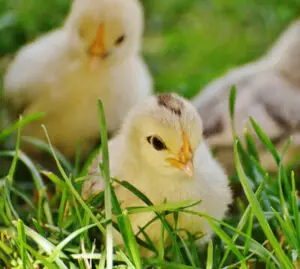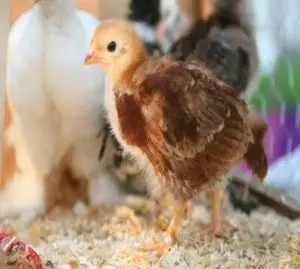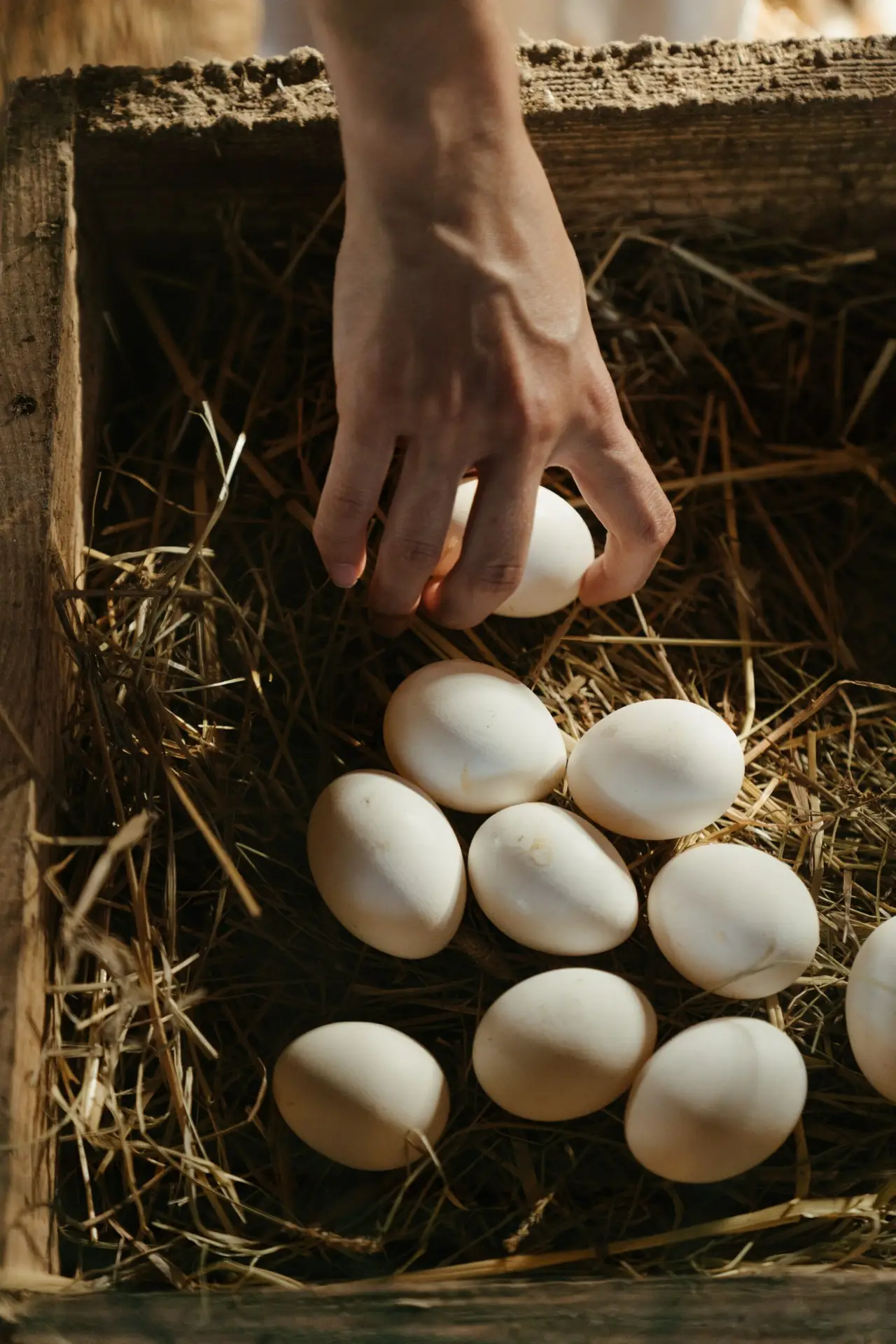
We all know the battle cry that happens every year: “Spring Chicks Are Here!” Raising a spring hatch of little chicks has its benefits, namely, *loads* of hens laying eggs and warmer weather in which to grow up. But in much of the U.S. there is actually plenty of time on the calendar for September or even October hatches to fully feather out before the biting cold of winter sets in. Before you put away the incubator or write-off the idea of any late season acquisition for your flock, you might want to consider the potential perks of fall flock-building.
Perk # 1 – Pullets Are Easier To Find in Fall
Because the majority of chick hatching happens in spring, a lot of breeders and hatcheries wind down the new brood hatching part of their operations and concentrate on selling the pullets they’ve been growing over the last few weeks of summer. This means you don’t have to buy day-old baby chicks who need a ton of attention and care. You can start off with birds that are able to go outside immediately and begin getting used to your coop and property before it gets cold.
Perk # 2 – You Might Get Eggs In The Winter
If you add chicks or pullets in the fall, you will have hens reaching egg-laying age in the winter. With the help of a little added light in the coop, you may be able to start your egg-layers off with a bang while others are complaining about their girls taking time off for the winter. With the newer girls already laying as Spring arrives, any older hens you already had who may have been taking a breather for the winter may return to their more industrious egg-laying habits a little earlier because they’re encouraged by instinct to keep up with the new layers.
Perk # 3 – Molting May Have To Wait
Chickens will usually molt for the first time after 1 year of age, in warmer weather. If you have all spring chicks, they’ll hit molting age the spring that they turn 1 year old and it can be likely that they will begin Spring with a molt and make you wait on egg production. If your chicks hatched in the fall, they are not yet a year old when the first spring hits, so you are more likely to not see a molt until their second spring.
These aren’t the only benefits of starting or boosting your flock in the fall, but these are reasons that might make you think twice before you put away that incubator for the year. If you’re thinking about adding to your flock, check for sales on pullets or “end of year” hatches. You might be able to buy some already grown-out FFA or 4H project chickens from your local county fair. You can also usually find end of season sales on coops and other barnyard accessories and save a few bucks while you expand your chicken enterprise.
If you have any other perks you’ve noticed from fall-flock increases, be sure to let us know in the comments!
Share:
Michelle
Blog Categories
Social Media
Most Popular

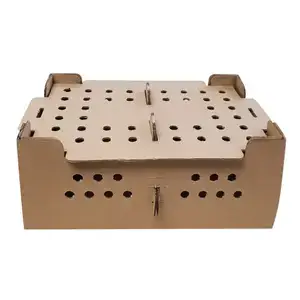
Tips for Chick Season
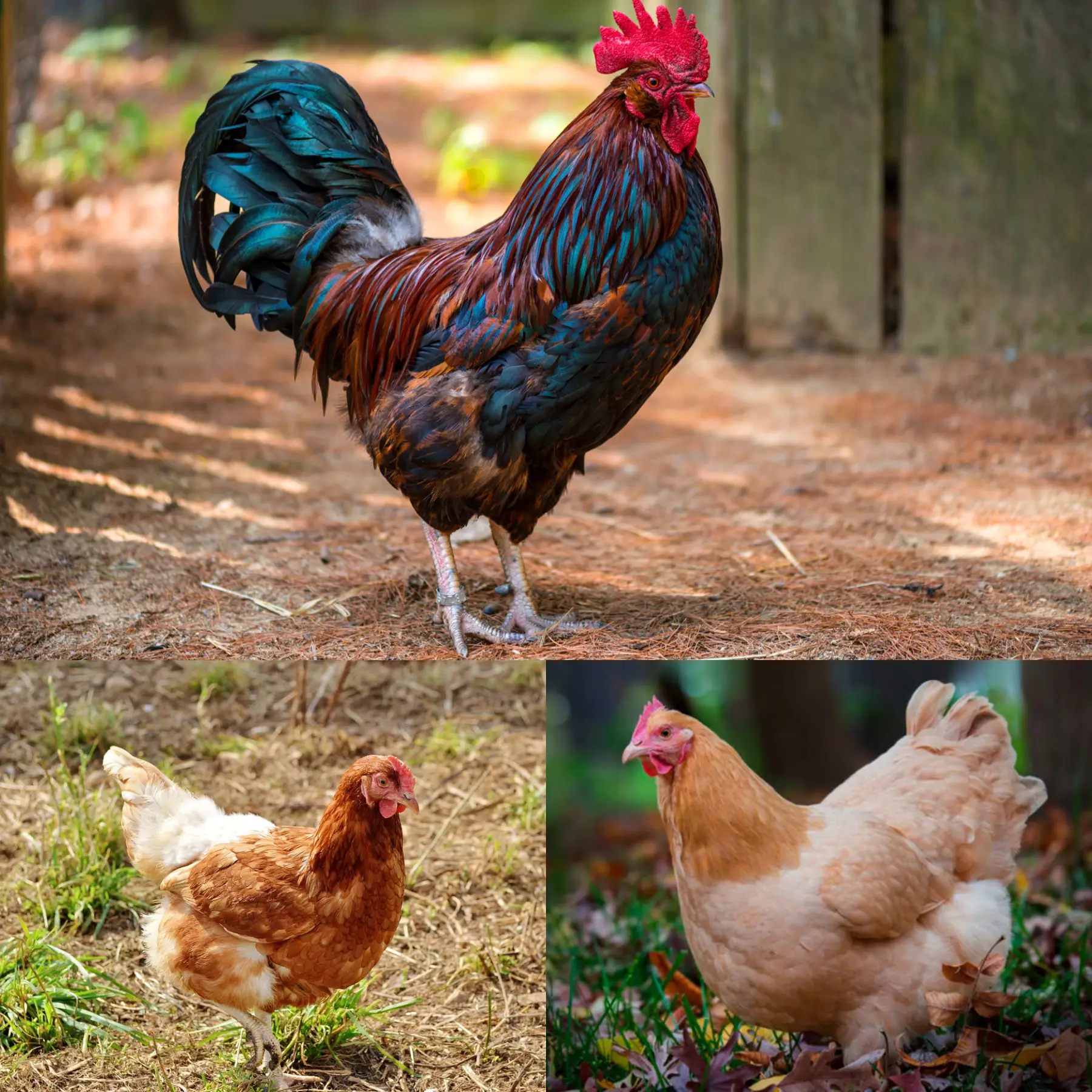
Quick Tips: Hen or Rooster?
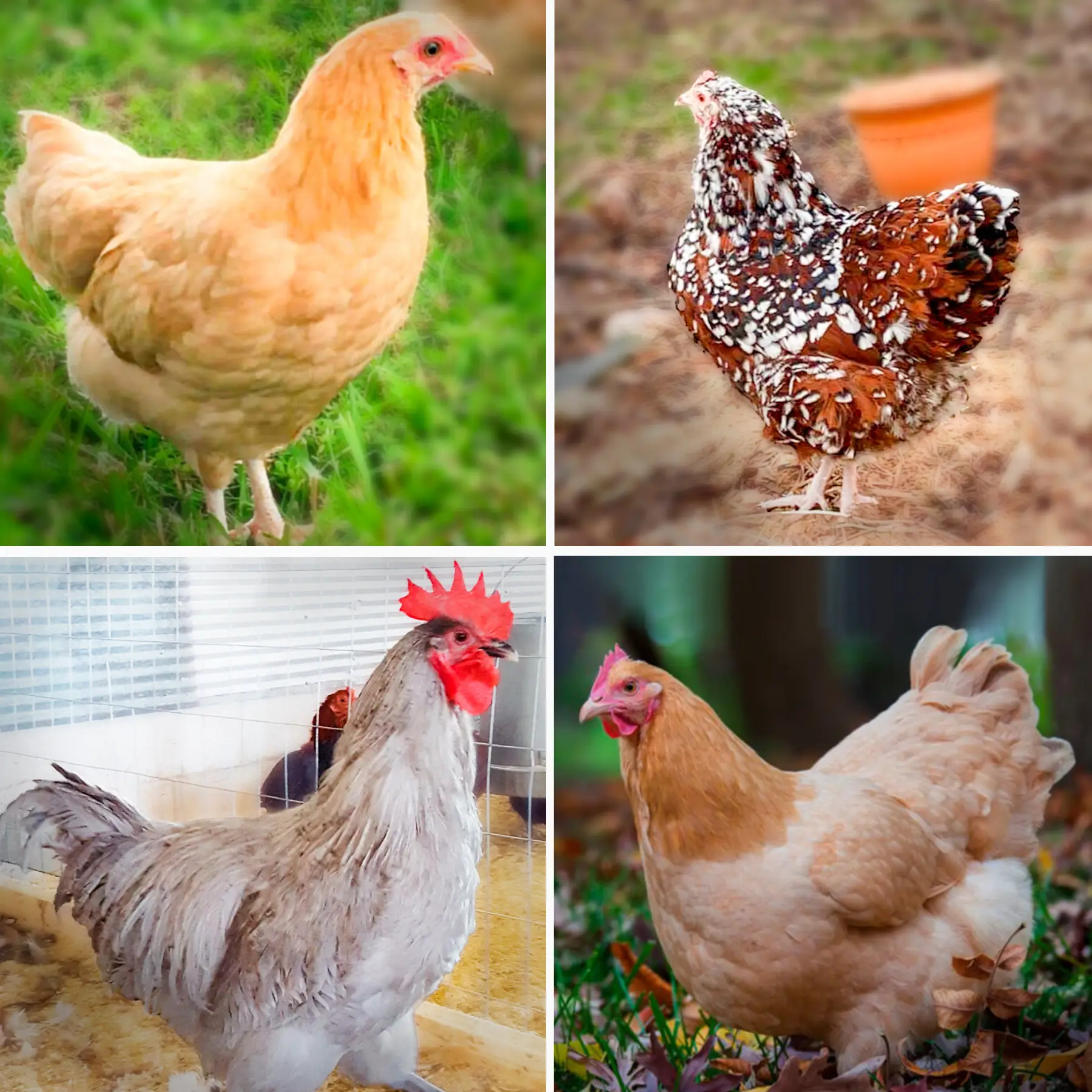
Top 5 Friendly Chicken Breeds for Your Family Flock!
Subscribe To Our Newsletter
Get notifications only about new products and updates.
Related Posts

Quick Tips: Addressing Egg Laying Concerns
Not Getting Eggs from Your Hens? Here’s What You Need to Know! Are your hens taking their sweet time before they start laying eggs, or

Tips for Chick Season
Hey there, chicken enthusiasts! Are you ready for the upcoming chick season at Valley Hatchery? Let us share some tips to make sure your season

Quick Tips: Hen or Rooster?
Image Source: Grubbly Farms If you’ve found your way here, you’re likely in that common situation of scratching your head and wondering, “Is my chicken

Top 5 Friendly Chicken Breeds for Your Family Flock!
Are you ready to add some feathered friends to your family? At Valley Hatchery, we’ve handpicked the top 5 friendly chicken breeds that are perfect
